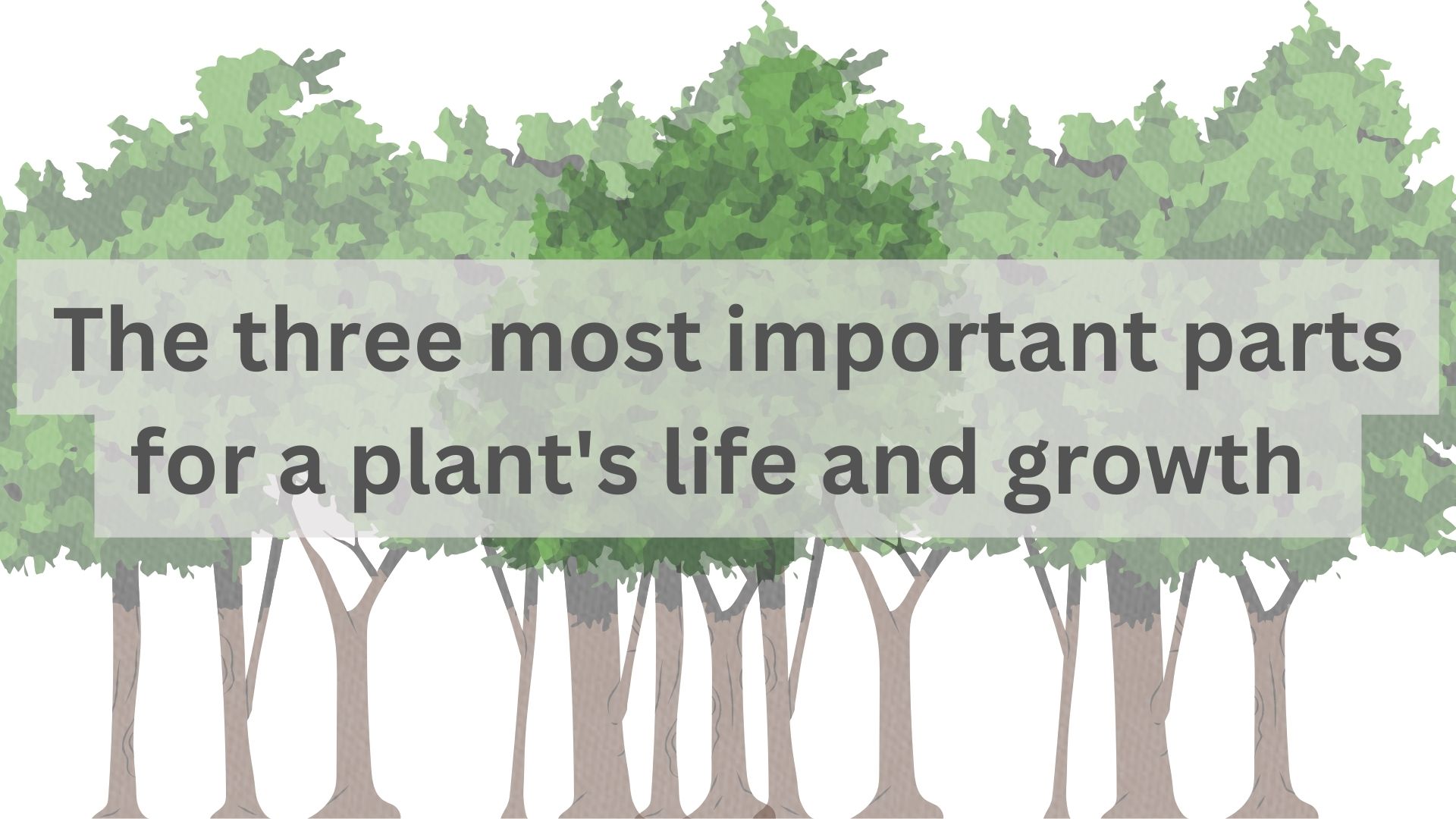In a living organism (this includes humans, plants, and animals) every tissue and organ is important for an optimal growth and quality of life. Though every tissue and organ is important, some are more important than others.
In plants, there are three vital tissues and organ that are necessary for the life and growth of a plant and damage to them can compromise it’s growth and potentially cause it’s death, these are:
The roots
The roots are the organ of the plant that is usually hidden underground. With the roots a plant secures itself to the earth, because it lacks locomotive movement. The roots enable the plant to extract water and minerals from the soil. The roots can also be used to store water and nutrients. Mild to severe damage to the roots can compromise the plant’s ability to extract nutrients from the soil, thus causing the death of the plant. Root damage can cause the plant to be uprooted during a storm.
The vascular cambium
The vascular cambium is a cylindrical thin layer of tissue extending from the roots to the stem that is responsible for the radial growth of a plant. The vascular cambium has cells that divide to produce the phloem and xylem of the vascular system. The cambium is located between the xylem and phloem. The xylem transports water and minerals from the roots to the rest of the plant while the and phloem transports nutrients from the leaves (and or stem) to the rest of the plant. After sometime the old xylem and phloem die. After death the xylem forms the heartwood (the tannin-rich part of the plant) and the phloem forms the bark of the tree. Mild to severe damage to the cambium, results in the plant being unable to produce the xylem and phloem and this can lead to the death of a plant.
The apical meristem
The word apical means at the tip and meristem means tissue, hence the name apical meristem refers to the tissue at the tip of the roots and shoots. Accordingly, is also known as the growing tip. The apical meristem is a point of cell division and it is responsible for the lengthwise growth of the stem and roots. Mild to severe damage to the apical meristem will stunt the growth of the plant. The stem and roots will not be able to grow longer hence the tree will remain short. When the roots reach area runs out of water and minerals, the plant can die because the roots are unable to extend further.
The leaves
The leaves are the food factory of plants. Plant nutrients are manufactured during the process of photosynthesis on the leaves. During this process, the leaf stomata open up to release of oxygen into the atmosphere and the absorb of carbon dioxide. While simultaneously losing water as vapour through the stomata.
The reason leaves are not as important is because deciduous plants lose their leaves for plus or minus three months each year to conserve water in the plant. A plant can leave without leaves for an extended period of time. Additionally, a plant can lose a majority of its leaves and still be alive.
Most evergreen trees have reduced leaves. Meaning the leaves have evolved to enable the plant to save water all year round. For example, pine trees or juniper trees have scale-like or needle-like leaves to save water.
Some plants can even photosynthesize with the stem. For example, the stem of Umkhanyakude (Vachellia xanthoxylem) has chlorophyll, which enables it to carry out photosynthesis.
Leaves are extremely important in the life and growth of a plant. But a plant can lose all of its leaves in one season and grow them all back in another season and continue growing like nothing happened. But damage to the roots, cambium, and apical meristem can cause the death of a plant.
